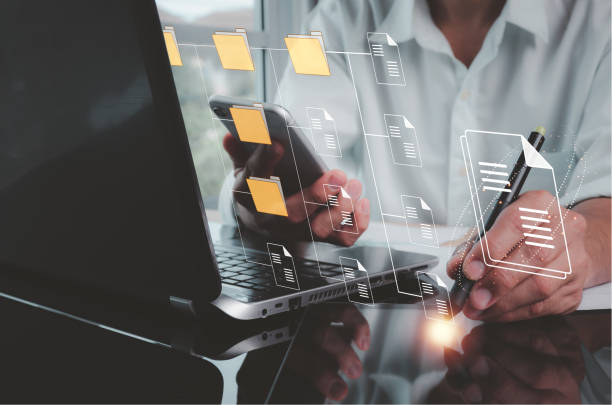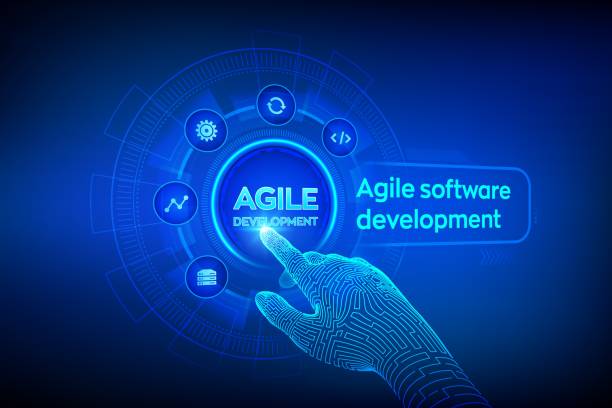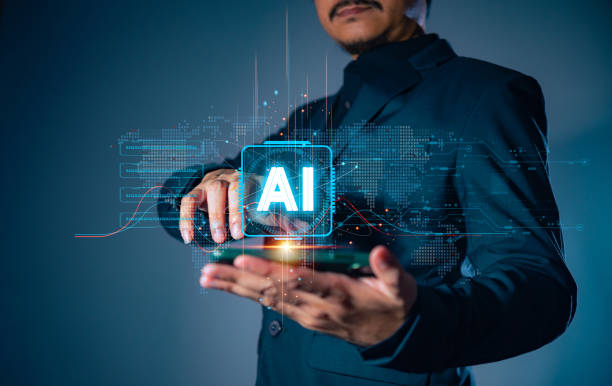What is On-Page SEO and Why is it Important?
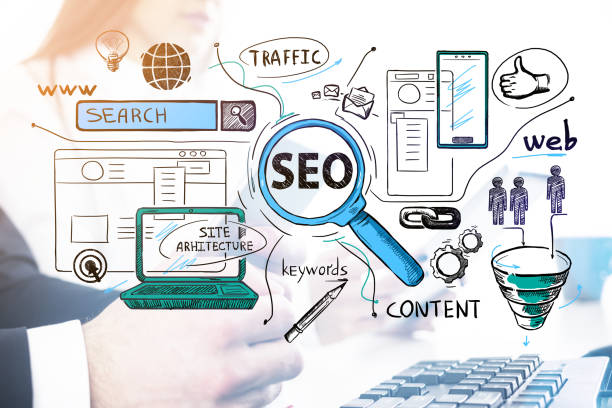
#OnPageSEO refers to a set of actions you take within your website to improve your site’s ranking in search engine results like Google Google.
These actions include optimizing content, site structure, HTML tags, and other website-related elements.
The importance of on-page SEO is that it helps search engines better understand your site’s content and display it to more relevant users.
With proper on-page SEO, you can attract more organic traffic to your site and, as a result, boost your business.
Wikipedia also provides helpful information in this area.
On-page SEO not only helps search engines better understand your site’s content, but it also improves the user experience.
When users can easily navigate your site and access the information they need, they spend more time on your site and are more likely to return.
On-page SEO is one of the main pillars of #SEO and plays a very important role in the online success of your business.
Optimizing on-page SEO helps search engines like Bing better understand your website.
Are you tired of your company’s website not meeting your expectations? With Rasaweb, design a professional website that showcases the true face of your business.
✅ Increase new customer acquisition and sales leads
✅ Increase the credibility and trust of your brand among audiences
⚡ Get a free website design consultation!
Keyword Research
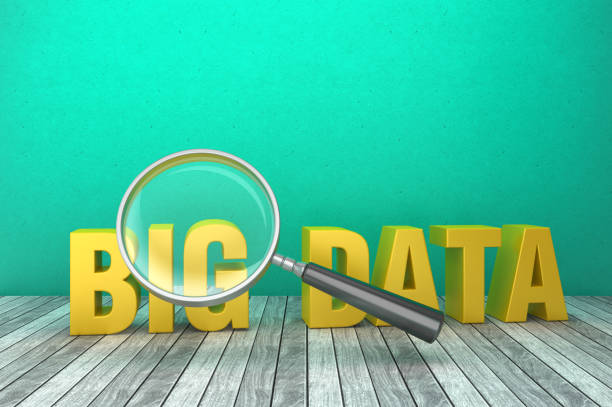
Keyword research is the cornerstone of on-page SEO.
You need to understand what words your target audience enters into search engines to optimize your content accordingly.
There are various tools for keyword research, including Google Keyword Planner, Ahrefs, and Semrush.
Using these tools, you can find keywords related to your business, check their search volume, and identify competitive keywords.
After conducting keyword research, you should identify the main and secondary keywords and use them strategically in your content.
Correct use of keywords strengthens your site’s on-page SEO.
Keep in mind that overuse of keywords (Keyword Stuffing) can negatively impact your site’s SEO.
Instead, try to use keywords naturally and relevantly in your content.
Also, use LSI (Latent Semantic Indexing) keywords.
These are words that are semantically related to your main keyword and help search engines better understand your content.
On-page SEO with proper keyword research helps you achieve better rankings in search results.
Title Tag Optimization
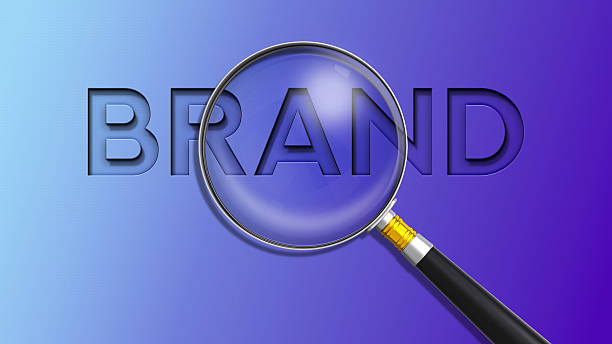
The Title Tag is one of the most important elements of on-page SEO.
The title tag is the text that appears in the browser tab and in search results.
The title tag should be attractive, relevant to the page content, and include the main keyword.
The length of the title tag should not exceed 60 characters to be fully displayed in search results.
An optimized title tag helps both users and search engines understand what your page is about.
Optimized titles play a very important role in on-page SEO.
Optimize your organic traffic Moz by optimizing the title tag.
In addition, the title tag must be unique.
Avoid using duplicate titles on different pages of your site.
Each page should have its own title that accurately describes the content of that page.
Duplicate titles can confuse search engines and lower your site’s ranking.
On-page SEO with optimized titles has a significant impact on increasing your site’s traffic.
| Feature | Description |
|---|---|
| Increase Click-Through Rate (CTR) | Attractive titles make users more likely to click on your link. |
| Improve ranking in search results | Search engines rank pages with relevant and optimized titles higher. |
| Increase organic traffic | By improving ranking and increasing click-through rate, your site’s organic traffic increases. |
| Point | Description |
|---|---|
| Use the main keyword | The main keyword must be present in the page title. |
| Be attractive and relevant | The title should be attractive to users and relevant to the content of the page. |
| Suitable length | The title should not exceed 60 characters. |
Meta Description Optimization

The Meta Description is a short summary of the page content that appears below the page title in search results.
The meta description does not directly affect your site’s ranking, but it can affect the click-through rate (CTR).
An attractive and relevant meta description encourages users to click on your link.
The length of the meta description should not exceed 160 characters.
A suitable meta description improves your site’s on-page SEO.
By writing an attractive meta description, you can attract more organic traffic to your site.
Ahrefs has published a comprehensive article on meta descriptions.
The meta description should be unique and accurately describe the content of the page.
Avoid using duplicate meta descriptions on different pages of your site.
Each page should have its own meta description that briefly describes the content of that page.
Duplicate meta descriptions can confuse users and search engines and reduce your site’s click-through rate.
On-page SEO with an optimized meta description helps you get more visits to your site.
Using the main keyword in the meta description can also be helpful, but avoid overuse of keywords.
Are you frustrated with the low conversion rate of your online store? Rasaweb turns your online store into a powerful tool for attracting and converting customers!
✅ A significant increase in the conversion rate of visitors to buyers
✅ Exceptional user experience to increase customer satisfaction and loyalty⚡ Get a free consultation from Rasaweb!
Content Optimization

Content is the king of on-page SEO.
Your content should be valuable, relevant to the desired keywords, and attractive to users.
Quality content not only improves your site’s ranking in search results, but also increases user engagement with your site.
Your content should be updated regularly and provide users with new and relevant information.
Content optimization is essential for on-page SEO.
On-page SEO with optimized content helps you become a trusted source in your field.
Don’t forget to use images and videos in your content.
Images and videos make your content more attractive and understandable.
Also, image optimization for SEO is important.
Use the Alt tag for images and choose file names for images with relevant keywords.
Videos can also help increase the amount of time users spend on your site and improve your site’s ranking.
On-page SEO with optimized multimedia content has a significant impact on attracting audiences.
On-page SEO helps you improve your site’s ranking in search results by producing quality content.
URL Structure Optimization

URL structure is one of the important factors in on-page SEO.
Your URLs should be short, descriptive, and include the main keyword.
Avoid using long and complex URLs.
Optimized URLs help users and search engines understand what your page is about.
A suitable URL structure improves your site’s on-page SEO.
By creating structured URLs, you can make it easier for users to navigate your site.
The best practice is to use static and permanent URLs.
Changing URLs can cause 404 errors and lower your site’s ranking.
If you need to change the URL, be sure to use a 301 redirect to direct users and search engines to the new URL.
On-page SEO with an optimized URL structure has a significant impact on improving the user experience.
On-page SEO helps you improve your site’s ranking in search results by creating a suitable URL structure.
Also improve your on-page SEO with searchengineland.
Heading Tag Optimization
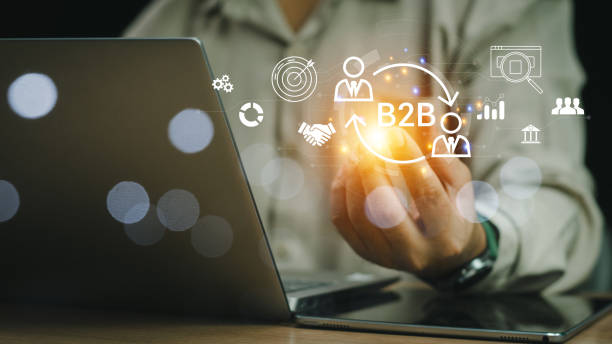
Heading tags (H1, H2, H3, …) are used to structure content.
The H1 tag should be the main title of the page and be placed at the top of the page.
H2 and H3 tags are used to divide content into smaller sections.
Use keywords in your heading tags, but avoid overuse of keywords.
Optimized heading tags help search engines better understand your page content.
Correct use of heading tags strengthens your site’s on-page SEO.
On-page SEO helps you improve your site’s ranking in search results by using appropriate heading tags.
An optimized site respects tags as one of the most important parts of on-page SEO.
The H1 tag should be unique and accurately describe the content of the page.
Avoid using duplicate H1 tags on different pages of your site.
Each page should have its own H1 tag that clearly specifies the content of that page.
H2 and H3 tags should also be relevant to the content of their sections and give the content a logical structure.
On-page SEO with optimized heading tags has a significant impact on improving the user experience.
| Feature | Description |
|---|---|
| Content structuring | Heading tags help you divide your content into logical sections. |
| Improved readability | Using heading tags makes content more readable and understandable for users. |
| SEO improvement | Heading tags help search engines better understand your page content. |
| Point | Description |
|---|---|
| Use of keywords | Use keywords related to the page content in your heading tags. |
| Logical structure | Heading tags should give the content a logical structure. |
| H1 uniqueness | The H1 tag should be unique and accurately describe the content of the page. |
Internal Linking Optimization
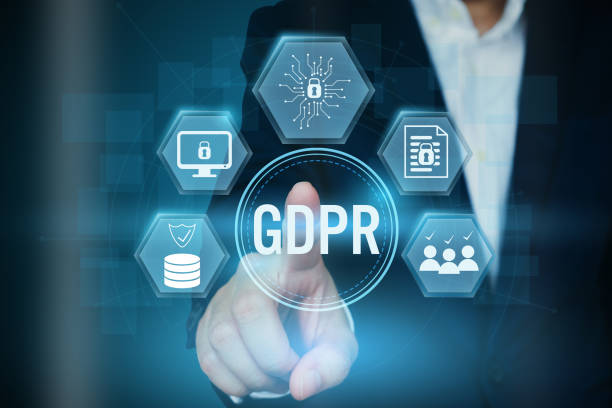
Internal links are links that connect different pages of your site to each other.
Internal links help search engines better understand the structure of your site and identify the more important pages of your site.
Internal links also help users easily navigate your site and find more information.
Correct use of internal links strengthens your site’s on-page SEO.
By creating a network of related internal links, you can improve your site’s ranking in search results.
On-page SEO helps you improve the user experience and attract more organic traffic to your site by optimizing internal links.
When creating internal links, use descriptive anchor texts.
Anchor text is the text on which the link is placed.
The anchor text should be relevant to the destination page and include the main keyword.
Avoid using generic anchor texts such as “click here”.
Descriptive anchor texts help search engines understand what the destination page is about.
On-page SEO with optimized internal links has a significant impact on improving your site’s ranking.
On-page SEO helps you make your internal links more effective by optimizing anchor texts.
Are you tired of your company’s website not meeting your expectations? With Rasaweb, design a professional website that showcases the true face of your business.
✅ Increase new customer acquisition and sales leads
✅ Increase the credibility and trust of your brand among audiences
⚡ Get a free website design consultation!
Site Speed Optimization

Site speed is one of the important factors in on-page SEO and user experience.
Users expect your site pages to load quickly.
If your site is slow, users may leave your site and go to another site.
Site speed also affects your site’s ranking in search results.
Google has announced that site speed is one of the ranking factors.
Optimizing site speed improves your site’s on-page SEO and improves the user experience.
By increasing site speed, you can attract more organic traffic to your site.
Using website speed test tools Google PageSpeed Insights helps you measure your website speed.
To optimize site speed, you can use various methods, including: optimizing images, enabling browser caching, using a CDN (Content Delivery Network), reducing the size of CSS and JavaScript files, and choosing fast hosting.
On-page SEO helps you improve your site’s ranking in search results and improve the user experience by optimizing site speed.
Optimizing site speed is one of the most important parts of on-page SEO that has a significant impact on site ranking.
On-page SEO allows you to have a fast and user-friendly site.
Mobile Optimization
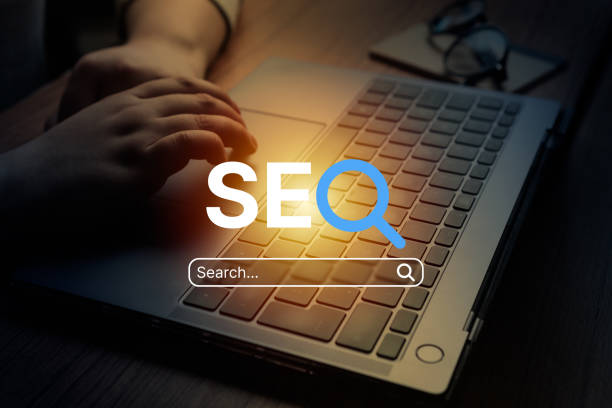
Today, more users access the Internet through mobile devices.
Therefore, optimizing your site for mobile is very important.
Your site should be responsive and display correctly on different devices.
Google also uses Mobile-First Indexing, meaning that the mobile version of your site is considered the primary version for ranking.
Mobile optimization improves your site’s on-page SEO and improves the user experience.
By optimizing your site for mobile, you can attract more organic traffic to your site.
On-page SEO and mobile optimization are two important pillars that improve your website together.
To optimize for mobile, you can use various methods, including: using a responsive template, optimizing images for mobile, reducing the size of CSS and JavaScript files, and testing the site on different devices.
On-page SEO helps you improve your site’s ranking in search results and improve the user experience by optimizing for mobile.
On-page SEO and being mobile-friendly are two important factors in the success of a website.
Your site should display well on mobile so that users have a good experience.
On-page SEO and mobile optimization is a comprehensive solution to improve site ranking and user experience.
Frequently Asked Questions
| Question | Answer |
|---|---|
| What is On-page SEO? | On-page SEO refers to the set of actions taken within your website to improve its ranking in search engine results. This includes content optimization, site structure and HTML code. |
| Why is on-page SEO important? | On-page SEO helps search engines understand your page’s content and determine whether your content is relevant to searchers. It is the foundation of any successful SEO strategy. |
| What are the key elements of on-page SEO? | The key elements are page title (Title Tag), meta description (Meta Description), keyword usage, image optimization, heading structure (H1, H2, …), internal linking and content quality. |
| How do we optimize the page title (Title Tag)? | The page title should include the main keyword, be attractive and encouraging to click, and be between 50 and 60 characters (or suitable pixels) long to be fully displayed in search results. |
| What role does Meta Description play in on-page SEO? | Meta Description is a summary of the page’s content that appears under the title in search results. Although it does not directly affect rankings, it helps with SEO by increasing the click-through rate (CTR). |
| What is the importance of using the heading structure (H1, H2, H3) in on-page SEO? | Headings structure the page content and make it easier to read. H1 is usually the main title of the page and should include the keyword. H2 and H3 are used to organize subsections and help search engines understand the hierarchy of content. |
| How to use keywords effectively in content? | Keywords should be used naturally and logically throughout the content, including the introduction, body and conclusion. Avoid overfilling keywords (Keyword Stuffing). |
| What steps are involved in optimizing images for on-page SEO? | Includes compressing images to reduce size, using descriptive filenames, adding appropriate alternate text (Alt Text), and optimizing image title and description. Alt Text is critical for accessibility and helping search engines understand the content of the image. |
| What is Internal Linking and what are its benefits? | Internal linking means creating a link from one page on your website to another page on the same website. This helps users to easily navigate your site, distributes page authority throughout the site, and helps search engines to better understand the structure of your site. |
| What is the importance of content quality in on-page SEO? | High-quality, accurate, comprehensive, and valuable content for users is the cornerstone of on-page SEO. Search engines prefer content that meets users’ needs. Quality content leads to longer user dwell time and lower bounce rate, which are positive SEO signals. |
and other services of Rasa Web advertising agency in the field of advertising
Smart SEO: Transform online growth with the help of Google Ads management.
Smart advertising campaign: A new service to increase customer acquisition through marketing automation.
Smart Marketplace: A new service to increase customer behavior analysis through the use of real data.
Smart Reporting: An effective tool for digital branding with the help of optimizing key pages.
Smart brand identity: An effective tool for user interaction with the help of accurate audience targeting.
and more than hundreds of other services in the field of internet advertising, advertising consulting and organizational solutions
Internet advertising | Advertising strategy | Advertisement report
Sources
SEO review tools for checking website SEO
,Zoomit – What is SEO and why is it important?
,M SEO – What is on-page SEO?
,Aryanik – What is on-page SEO?
? To improve your business in the digital world, Rasaweb Afrin Digital Marketing Agency offers innovative and effective solutions specializing in secure website design and SEO.
📍 Tehran, Mirdamad Street, next to the Central Bank, South Kazerun Alley, Ramin Alley No. 6

